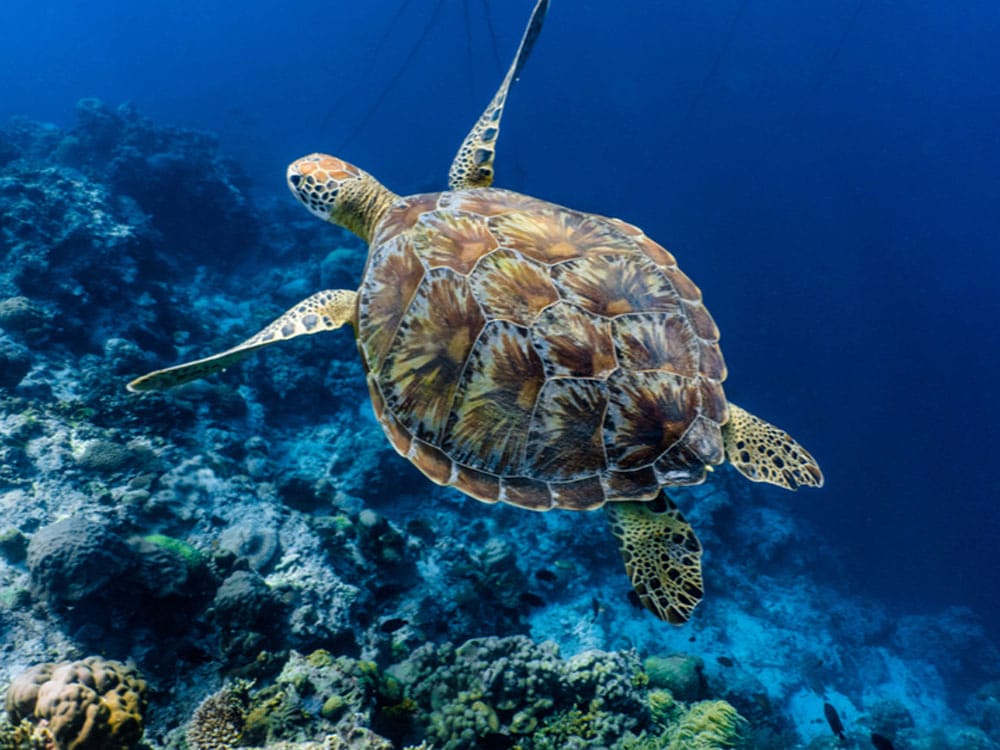Data from 14,000 amphibian and reptile species was compiled, which is around 70 percent of all known herp species.
Tel Aviv University researchers along with researchers from 18 other countries predict that more than 800 reptile and amphibian species will go extinct over the next 100 years due to climate change, according to a study published in the journal Nature Communications.
Data from 14,000 amphibian and reptile species was compiled, which is around 70 percent of all known herp species. The researchers studied how protected areas affect the target animals and how climate change affects those areas. The researchers used species distribution models to help determine how climate change affects their movements as well as their population numbers. That data included more than 3.5 million observation records of more 5,403 amphibian species and 8,993 reptile species. The data originated from online databases, fieldwork data, museum collections, and published references, according to a statement released by the university.
Age of Reptiles Brought On By 60 Million Years Of Climate Change
Lizards Feed On Different Insects With a 2 Degree Change In Temperature
Warming Planet Causes 99 Percent of Raine Island Sea Turtle Hatchlings To Be Female, Study Says
“Our analyses revealed that approximately 91 percent of the amphibian and reptile species we examined are protected, to some degree, in Protected Areas, and that this proportion will remain unchanged under future climate change,” said Prof. Shai Meiri of Tel Aviv University’s School of Zoology, Wise Faculty of Life Sciences and The Steinhardt Museum of Natural History. “Furthermore, species protected in Protected Areas will lose smaller portions of their distribution ranges inside the nature reserve than outside of them. Therefore, the proportion of species within reserves is expected to increase.”

A Percent of species richness B the rarity weighted richness in PAs at present and by 2070 (RCP 4.5). See Supplementary Fig. 2 for the RCPs 2.6, 6.0, 8.5; Supplementary Figs. 3 and 4 for small range and threatened species; see Supplementary Figs. 5–7 for the continent region; Supplementary Fig. 8 for all species in all PAs (Class I to VI) under RCPs 2.6, 4.5, 6.0 and 8.5. We assume future land use remains unchanged for this study.

The warming of the planet is turning one of the largest green sea turtle populations in the world into female majority turtles. Raine Island green sea turtles that hatch on the island are 90 percent female. Photo by John Cuyos/Shutterstock
The researchers noted in their study that the establishment of protected areas have some positive effects in reducing the number of extinctions and will give these protected area inhabitants better chances than those in non protected areas, but they will still likely experience the negative effects of a changing climate.

A Percent of species range change inside and outside PAs (n = 5399 and 8932 for amphibians and reptiles, respectively); B Percent of predicted species range in PAs at present and by 2070 (n = 5399 and 4876 for amphibian, 8932 and 8190 for reptile under current and future); C proportion of species having >15% of their range inside PAs. The points and error bars in (A) and (B) represent the medians and the 25% and 75% quantiles. See Supplementary Fig. 8 for the RCPs 2.6, 6.0, 8.5; Supplementary Figs. 9 and 10 for small range and threatened species; see Supplementary Figs. 11–13 for the continent region. We assume future land use remains unchanged for this study.
Data from 1960 to 1990 compared to 2060-2080
The researchers then predicted habitat availability based on the current (1960-1990) climate data as well as future predictions for the years 2060-2080 using high spatial resolution 1 km x 1 km using species distribution models.
“Our models predict that 359 to 770 amphibian species and 545 to 1,098 reptile species will go extinct under different climate change scenarios over the course of the ongoing century,” the researchers wrote in their study, “Global Protected Areas as refuges for amphibians and reptiles under climate change.”

Bivariate maps showing species richness versus percent of species loss for A amphibians and B reptiles. Each color change means a 10% quantile shift in either variable. Noteworthy, areas in blue represent areas that currently fall into the top species richness category and that are expected to suffer a low percent of species loss due to climate change by 2070; in short, they are climate-robust areas of high species richness. C, D represent conservation gaps (areas falling into the top 20% in terms of species richness and the bottom 20% in terms of future species loss due to climate change, yet fall outside the PA network of amphibians and reptiles which are outlined in black in the legend of (A) and (B). E, F conservation gaps for countries. Colors represent the area of conservation gaps in countries, and circle sizes represent the percentage of conservation gap area with respect to the land area in countries. We assume future land use remains unchanged for this study.
“Moreover, in our study we could create a model for only about two-thirds of reptile and amphibian species. Good models can’t be created for the rarest species, which are known to be more vulnerable to extinction and less protected in Protected Areas. At the same time, it is important to remember that despite the relative optimism emerging from the new research, the models still predict extremely high rates of loss of species and habitats due to climate change. Protected Areas do indeed protect the animals living within them, but nothing is foolproof.”



